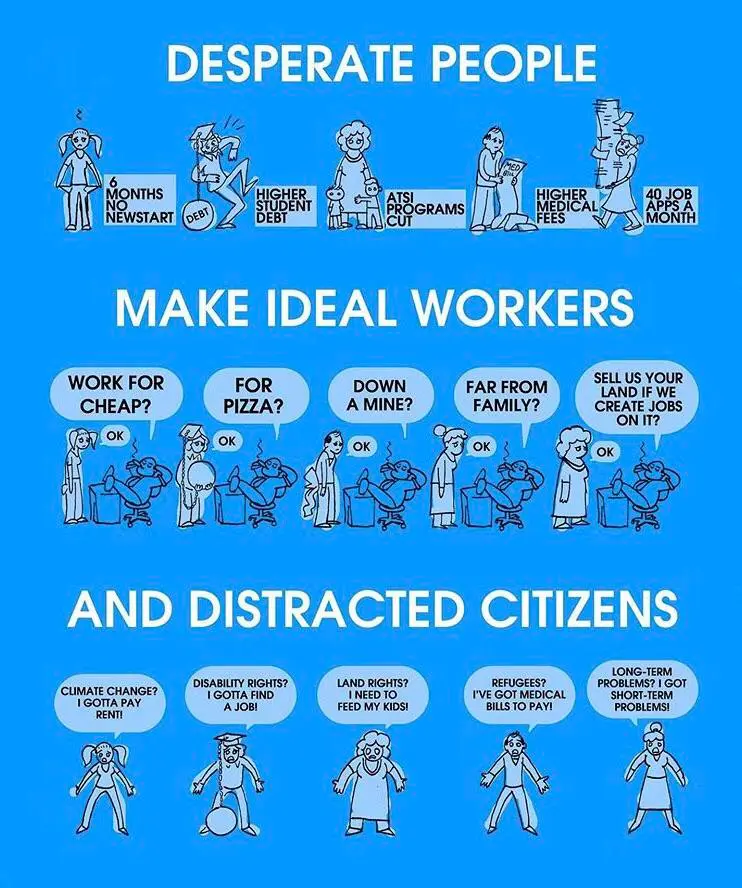

Actually, I am very lazy, thank you.


Actually, I am very lazy, thank you.


You can use superconductors to create Josephson junctions, which can be used for standard logic operations (but also useful in quantum computers). These junctions are much more efficient and much faster than transistors.
This particular superconductor will not be useful for transmitting power because the effect breaks down at very low current limits in this material, but it will be very useful for studying superconductors.
So contrary to what you said, this will in fact not be useful for power transmission, but could be useful for CPUs and GPUs, and could lead to computers that are hundreds or thousands of times faster and more efficient than what we have today.
To be fair this material may never see a practical use though.


One of the things that weighs me down is posts making me dwell on the things that weigh me down.


“Despite being so common in English as to be known as the “Chinese curse”, the saying is apocryphal, and no actual Chinese source has ever been produced.” - Wikipedia
I’m located in a van in New Zealand so I only use mobile data. I pay NZ$40 (US$25) per month for “unlimited” data, which is all I can eat but capped at 1Mbps. I can stream 720p barely, but I mostly torrent. I typically use about 60-80GB a month.
OruxMaps (android) supports several navigation methods, kml overlays, offline maps, various online and custom maps, good tracking, routes, gps, etc, etc. Waaay better than Google maps - although it can also happily use Google maps.


I think you’re right there. My bad.


They say the second layer retains 93% of the performance of the first using reflected light, making it 20% efficient, so, yes they are added in that case.


TLDR; the front side is 23% efficient, and the rear side 20% efficient.
They don’t actually give an overall efficiency but it implies a total of 43%. They compare this to typical panels also at 23% efficient, so it’s really remarkable if true. Other emerging solar tech is up to about 32% but if that could also benefit from multiple layers then total efficiency could become insane.
Seems a little too good to be true, really, but great if so.
Edit: Yeah, I don’t think these efficiencies can be added like that. I guess the overall efficiency will depend on how reflective the ground under the panels is, and they will extract 20% of that. Maybe that’s why they don’t give an overall rating.


I think it’s intellectually lazy to stick with the stochastic parrot line of thinking now. There’s a number of emergent properties that are appearing as LLMs scale that give them abilities beyond that paradigm. Check out the “Sparks of AGI” paper from Microsoft research - or more realistically one of the youtube summaries of it since its quite a big read… Here’s one from the horse’s mouth: https://m.youtube.com/watch?v=qbIk7-JPB2c


Yes, I don’t think people realise the scale of production involved. We’re currently producing about 8500 TWh of power with renewables annually (nuclear is about 2600 TWh), and adding about 585 TWh of renewables per year (this is steadily increasing). A typical nuke plant generates about 8.5 TWh annually, so we would need to be building 68 new nukes every year to keep up with renewables (at current renewable numbers). The cost and construction time is massively prohibitive for nuclear, uranium mining is pretty dirty and there’s some downsides of nuclear waste at present. Yes, there’s some emerging tech but we won’t be building many of those for some time to come.
It seems unlikely nukes are a practical path to any significant contribution to new generation required and they will continue to fall behind. They can help but they’re not the magic bullet many people seem to think. Solar, wind and hydro will dominate in the medium term. I think they will ultimately make way for geothermal to dominate, maybe via plasma deep drilling like Quaise or PLASMABit utilise to potentially make bores up to 20 km deep, which opens much of the world up to being suitable.
Fusion may become practical in the next 20 years or so, but that will also be ludicrously expensive, so also unlikely to make a meaningful contribution in the medium term either.


Worth noting that if you want a local LLM on android MLCChat can run Vicuna-7B, RedPajama and several other models from huggingface on fairly average hardware. The interface is still basic but it’s functional.


Oh nice. An entire language that is write-only.


Anyone who isn’t at least mildly interested that you know Morse code isn’t someone you want to know :-)
Good filter technique.
No. I only use Android as my PC via AR glasses. Is there even any antivirus software for Android? Probably, but I don’t care I guess. Never had a problem.
I’m just using a Samsung S20+. You need a Samsung if you want Dex.
My phone is my sole PC and has been for about 7 months now. I use it for everything. I’m using nreal AR glasses for a massive virtual 80" screen via Dex. I use a Bluetooth mouse and mechanical keyboard. I use libre office for real work, I do development work right on the phone. I also use andronix on the phone for when I need a more full blown Linux desktop for gimp, IDEs, GIS, etc.


At risk of running against the obvious tide here, if you take the word “skilled” literally then of course everyone becomes skilled in whatever job they do. However, here “skilled” is used not literally, but in the sense of the industry term that means the job generally requires formal training and/or qualification before employment.
Edit: Not to say I don’t think it’s not a demeaning term (possibly intentionally so). It’s a sucky word but let’s not allow ourselves to become overly indignant by misconstrueing the sense of the term used.


That sounds much like the “just asking questions” excuse. As a writer you should know the power of words and how the nuances of their meaning affect the message. Dismissing the meaning of your words with the excuse of just “throwing words around” is dangerous and frankly shameful for any writer who isn’t a hack.
Edit: maybe I got out of the wrong side of the bed this morning. You’re good, but that did not resonate well with me.
I think a mobile phone camera is vastly superior to these, although might not be great at night vision for the reasons you said, but is it entirely crazy to not just use a spare phone? It has built in backup power, can store videos locally if there is an internet outage, and can use its own data connection if wifi is not available.